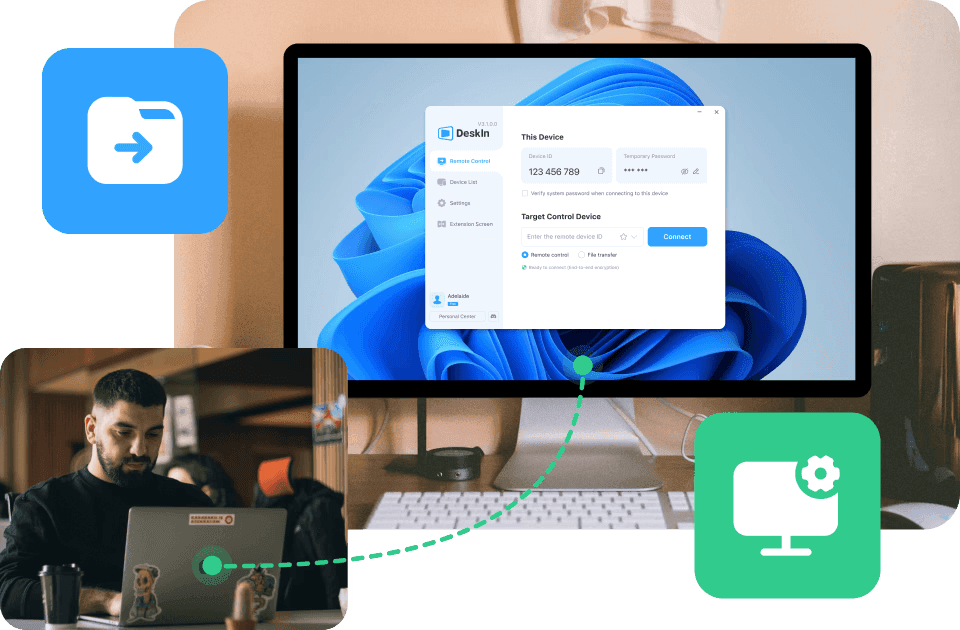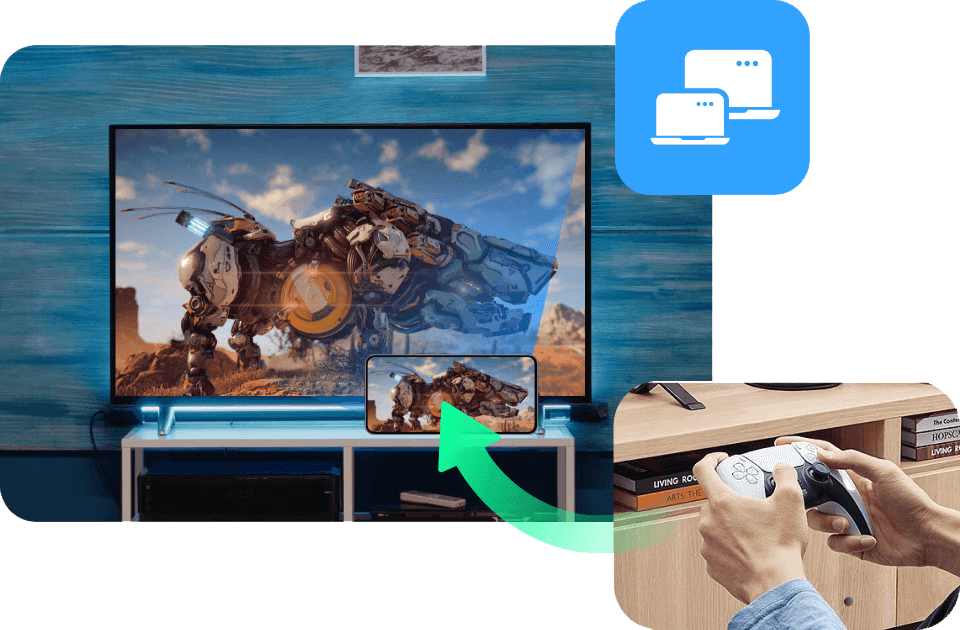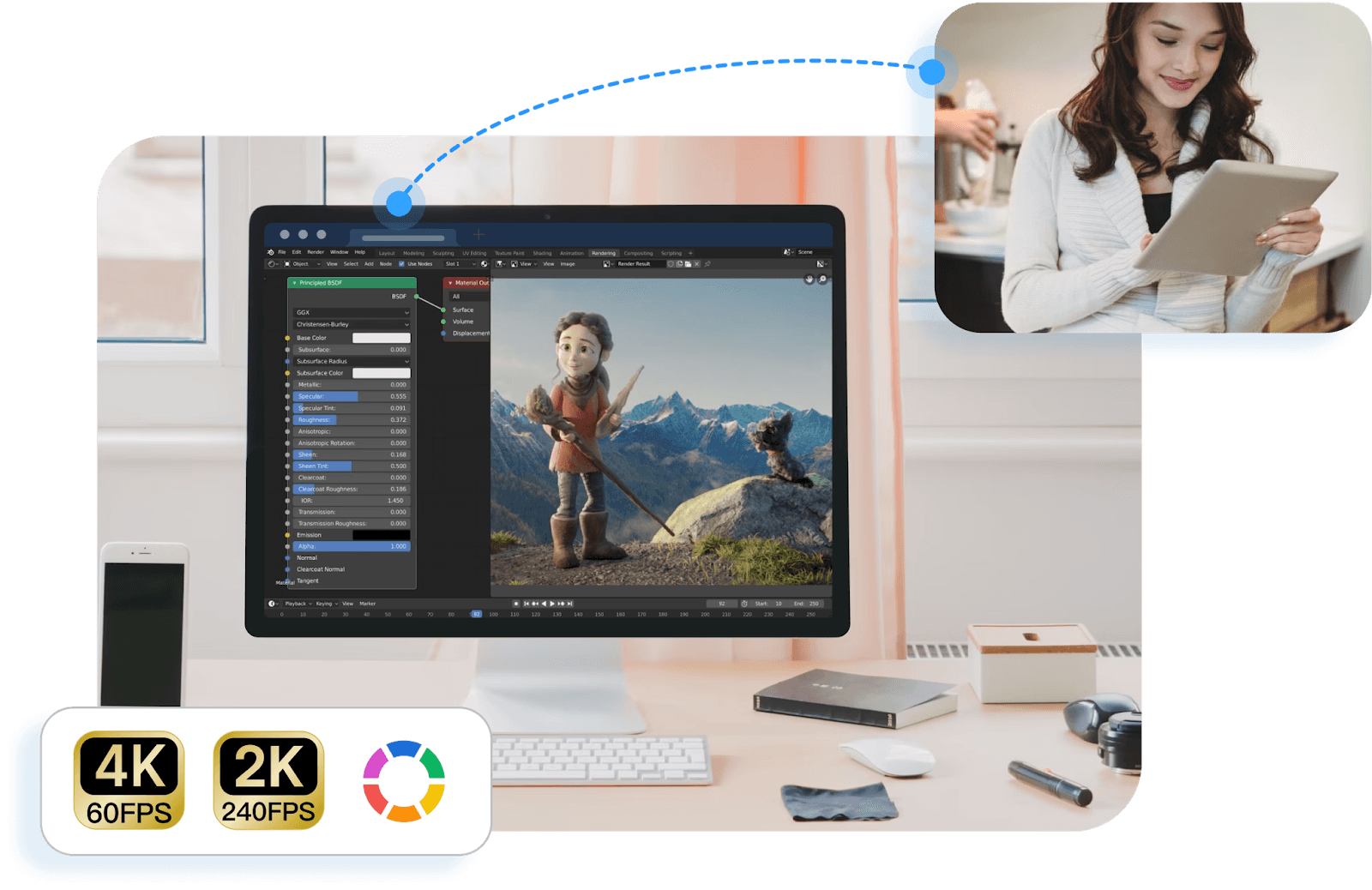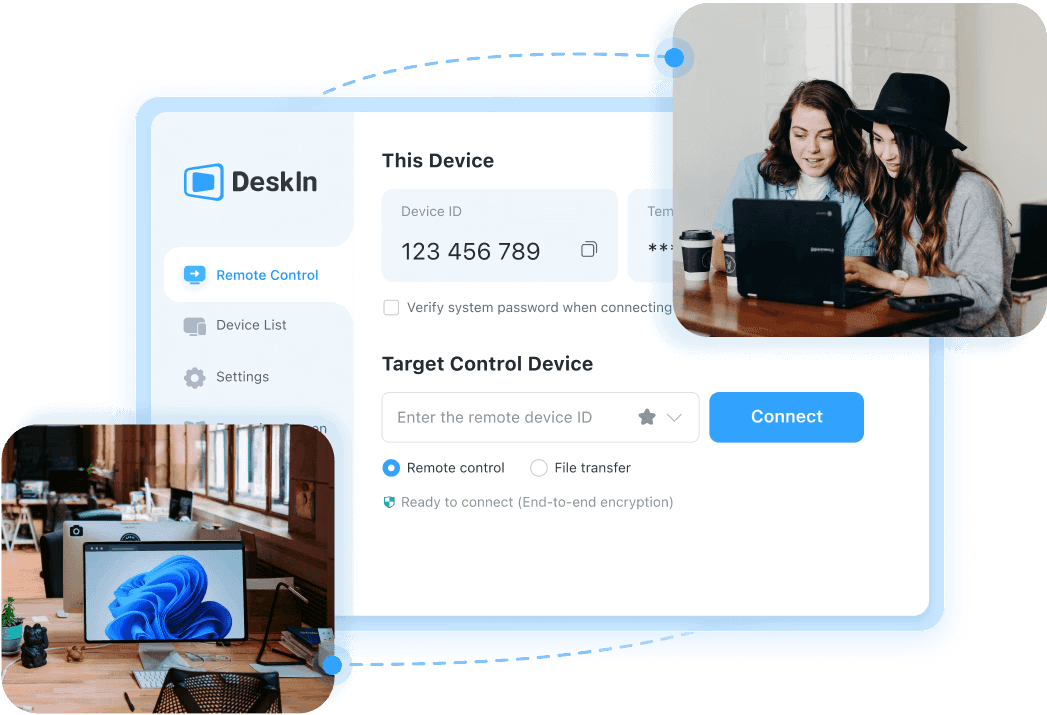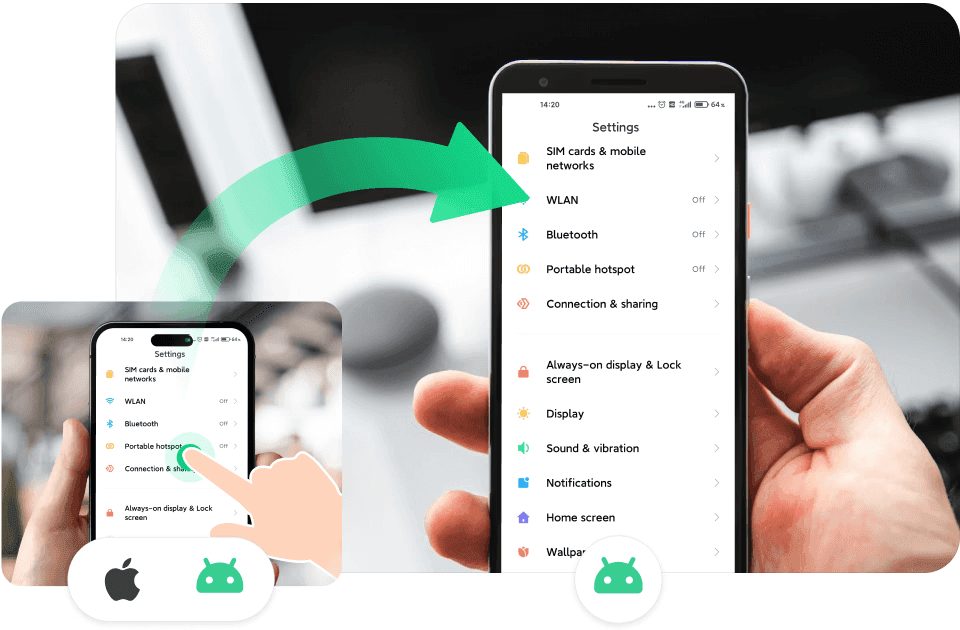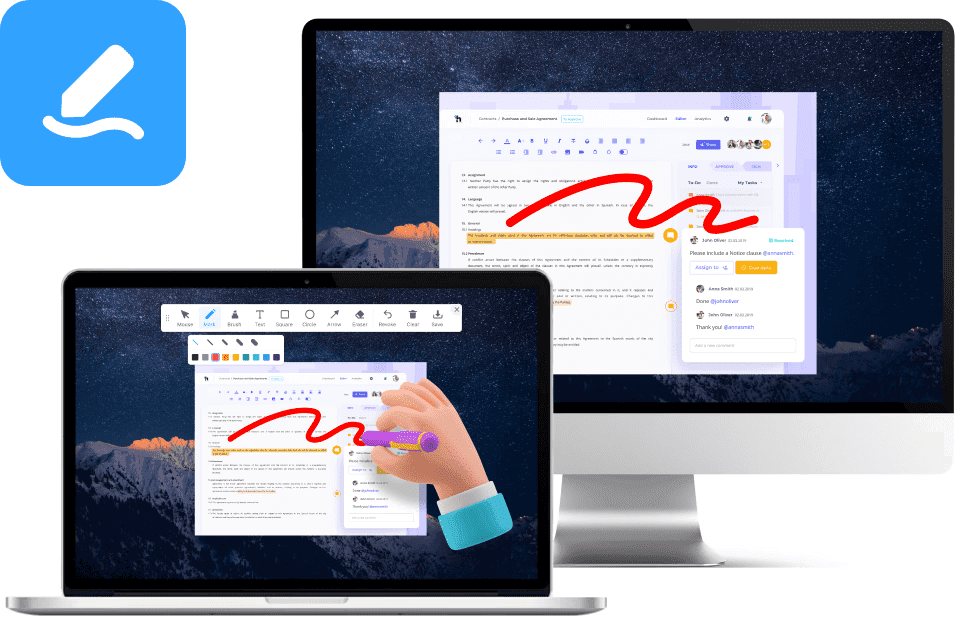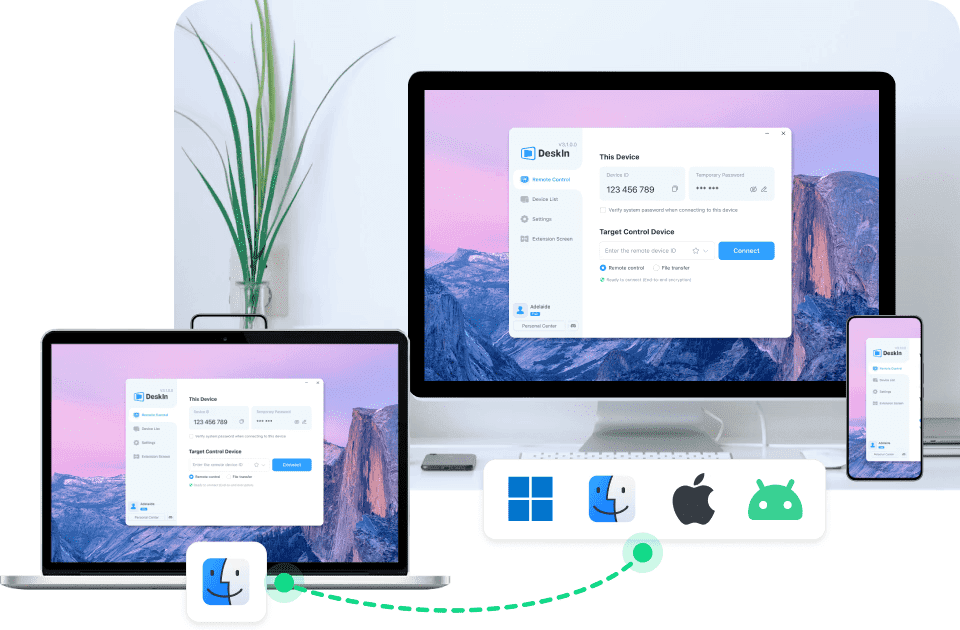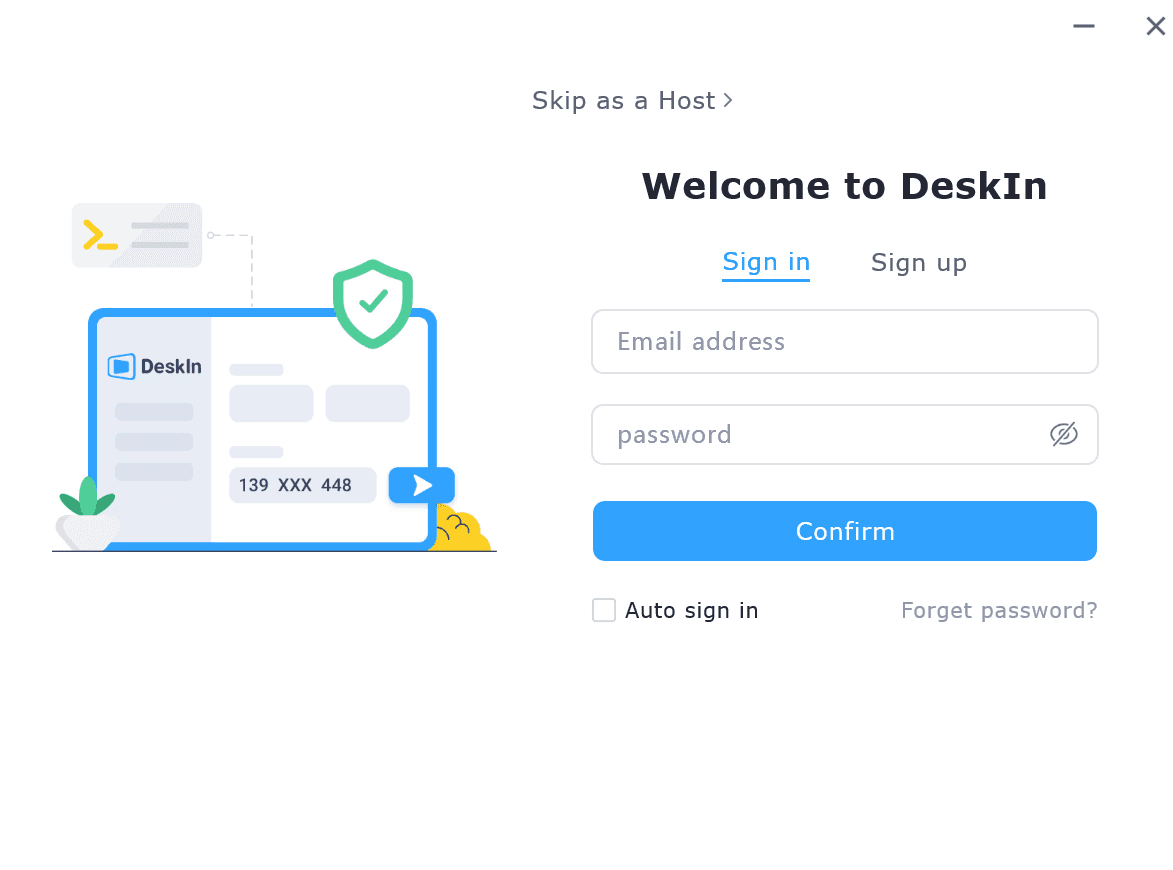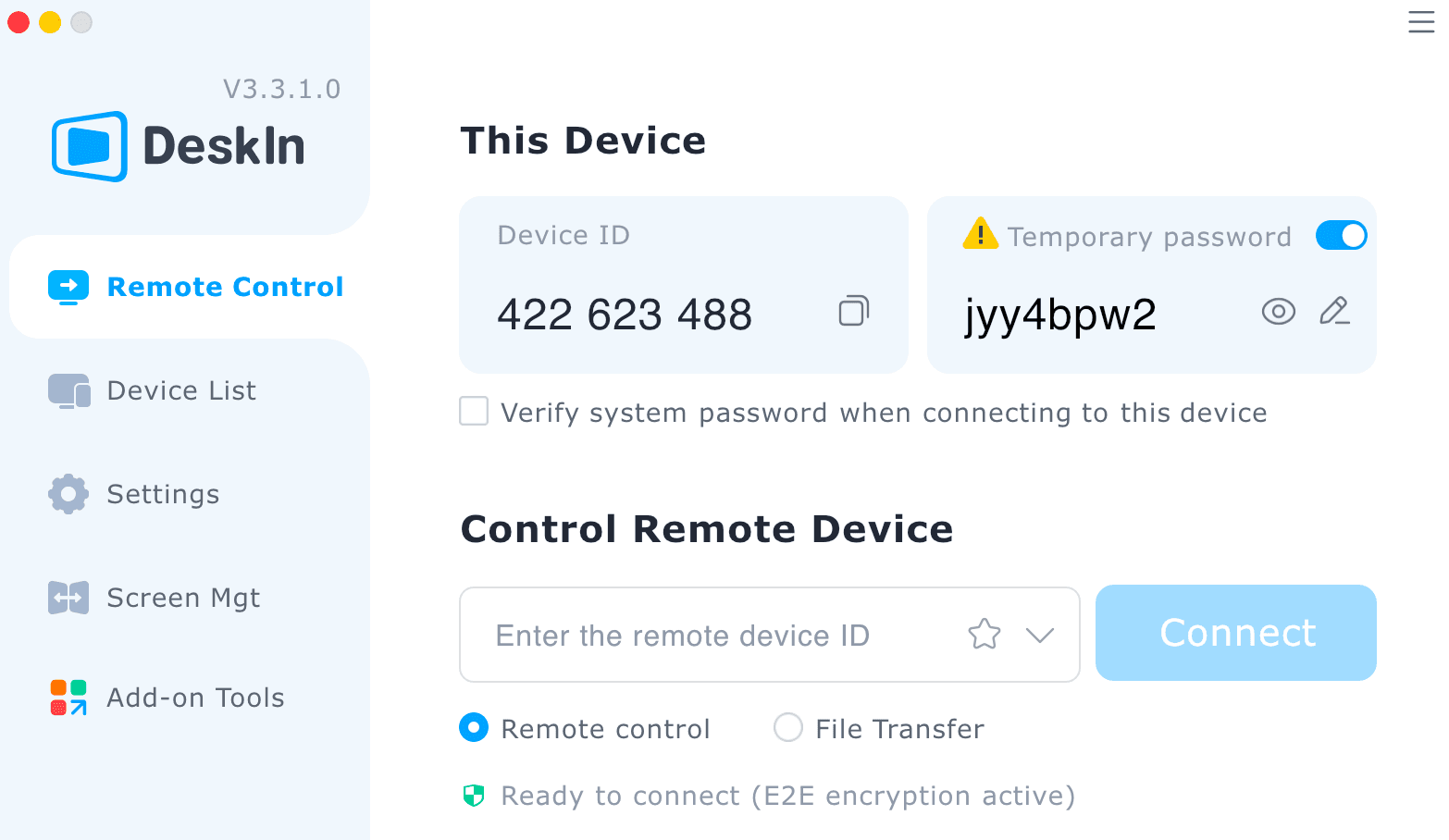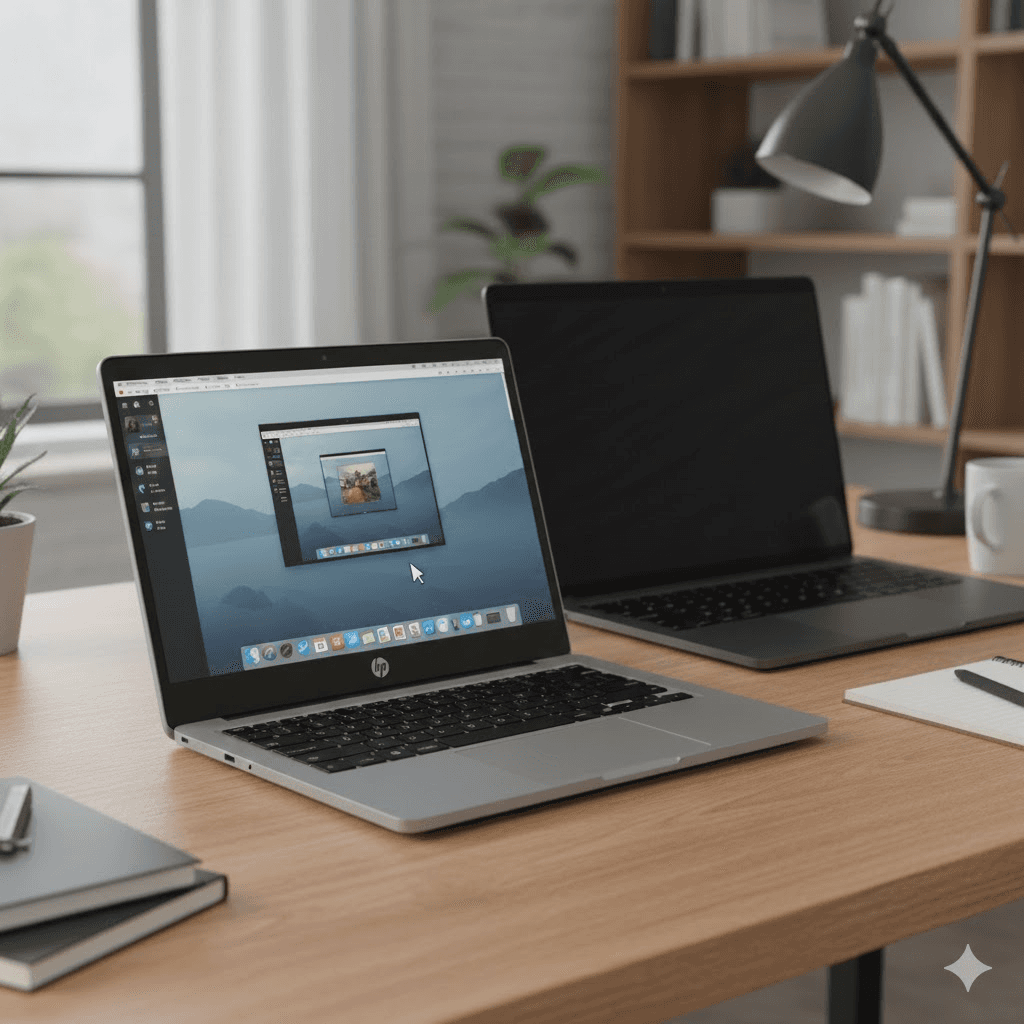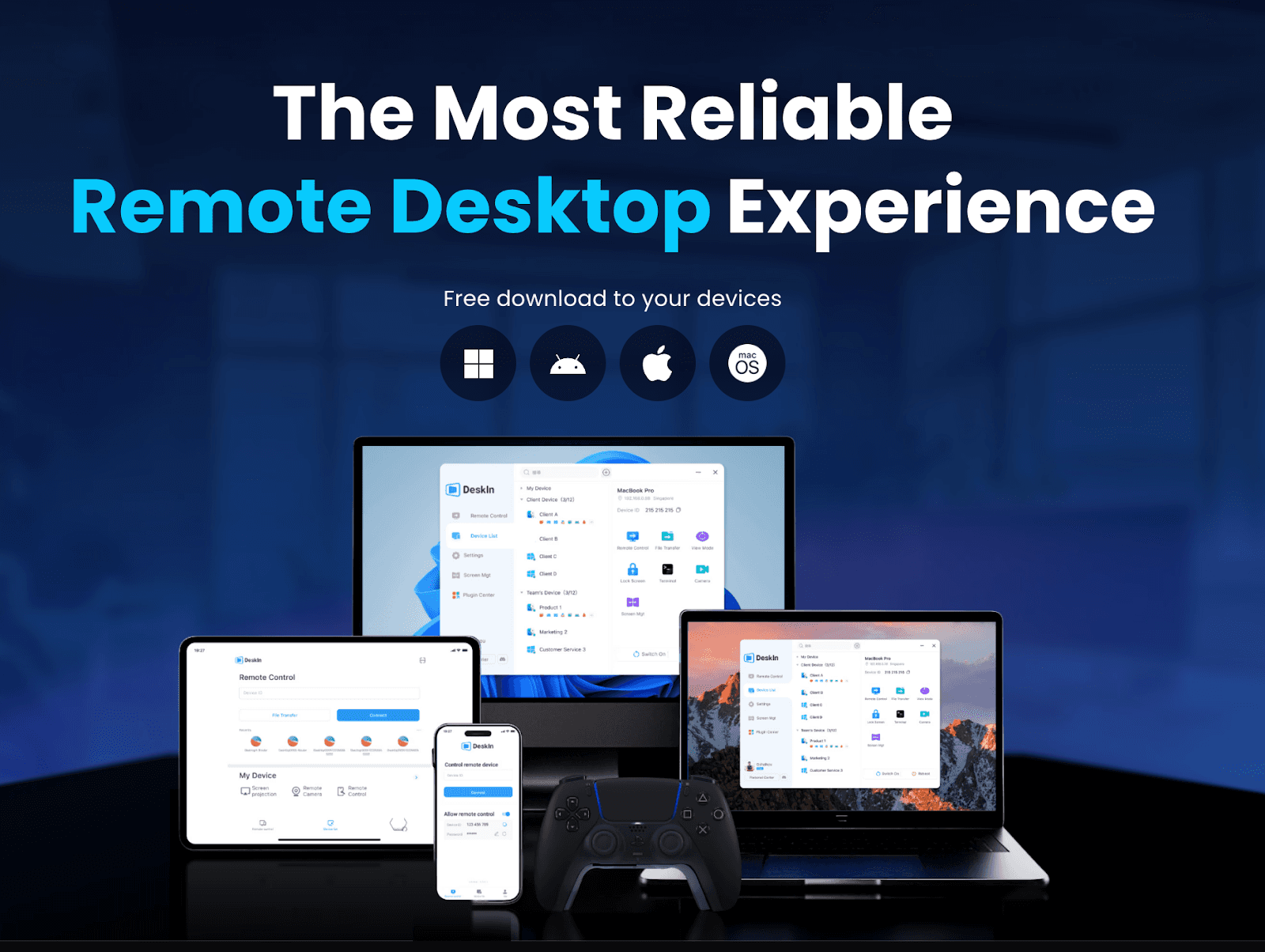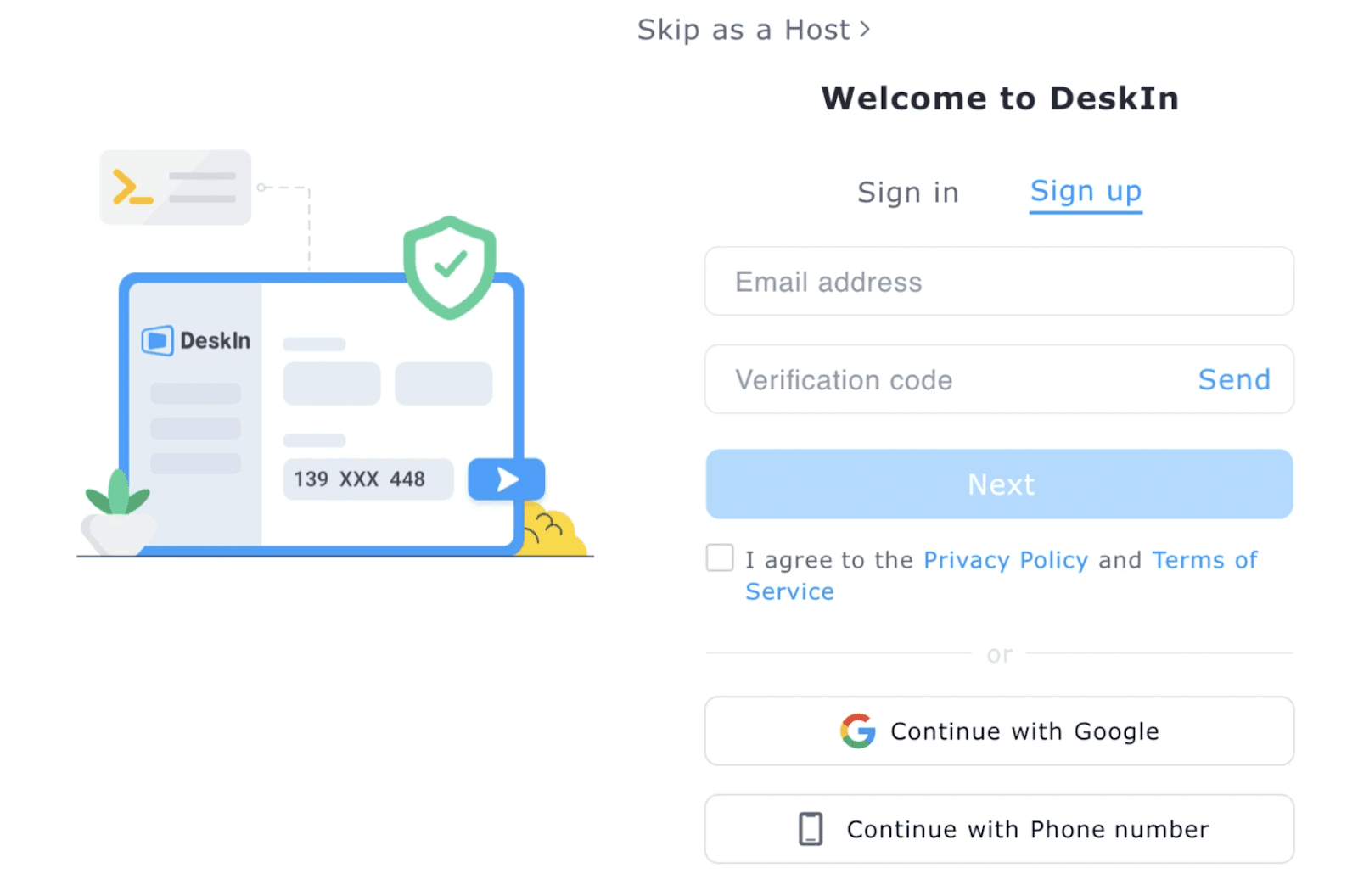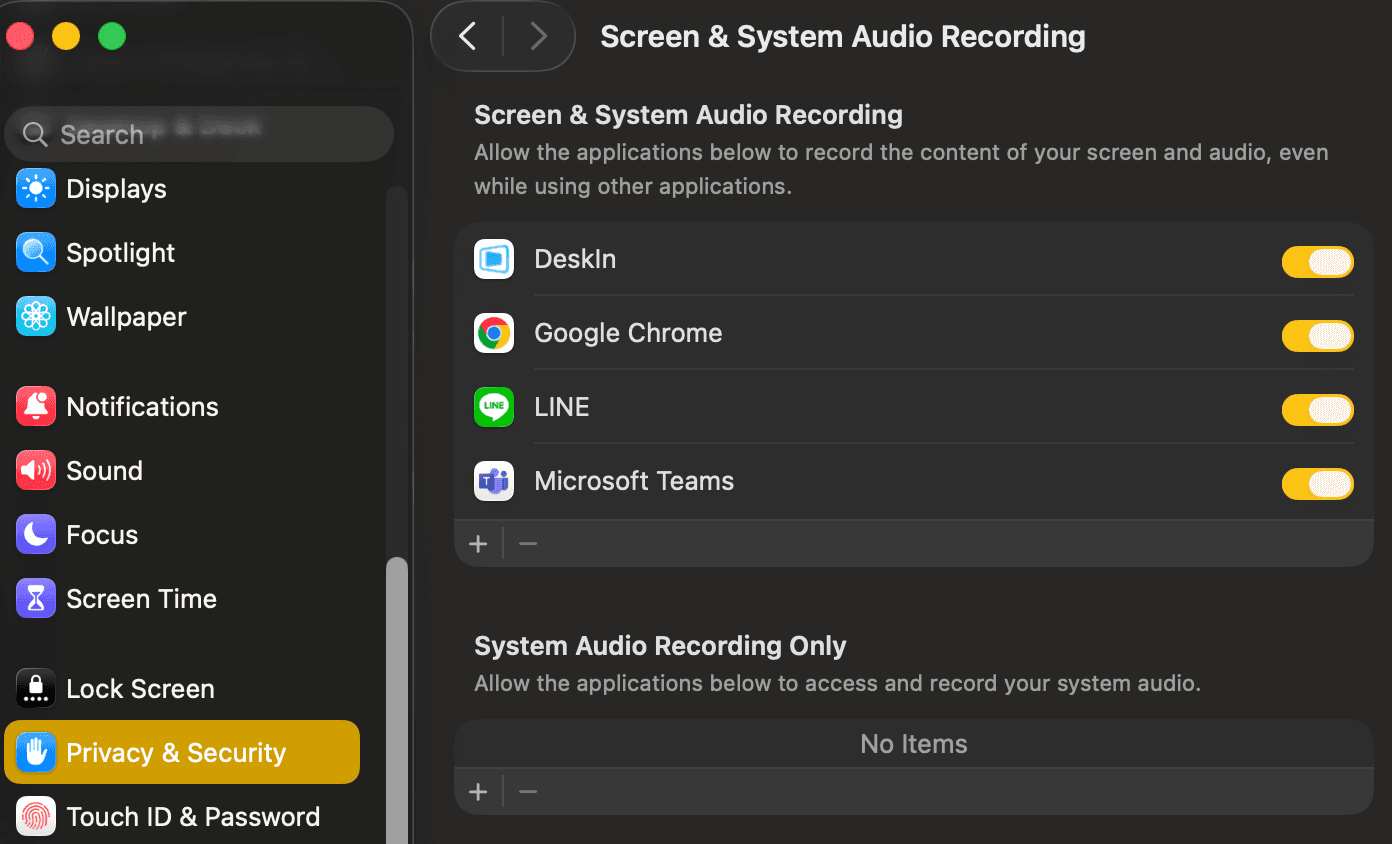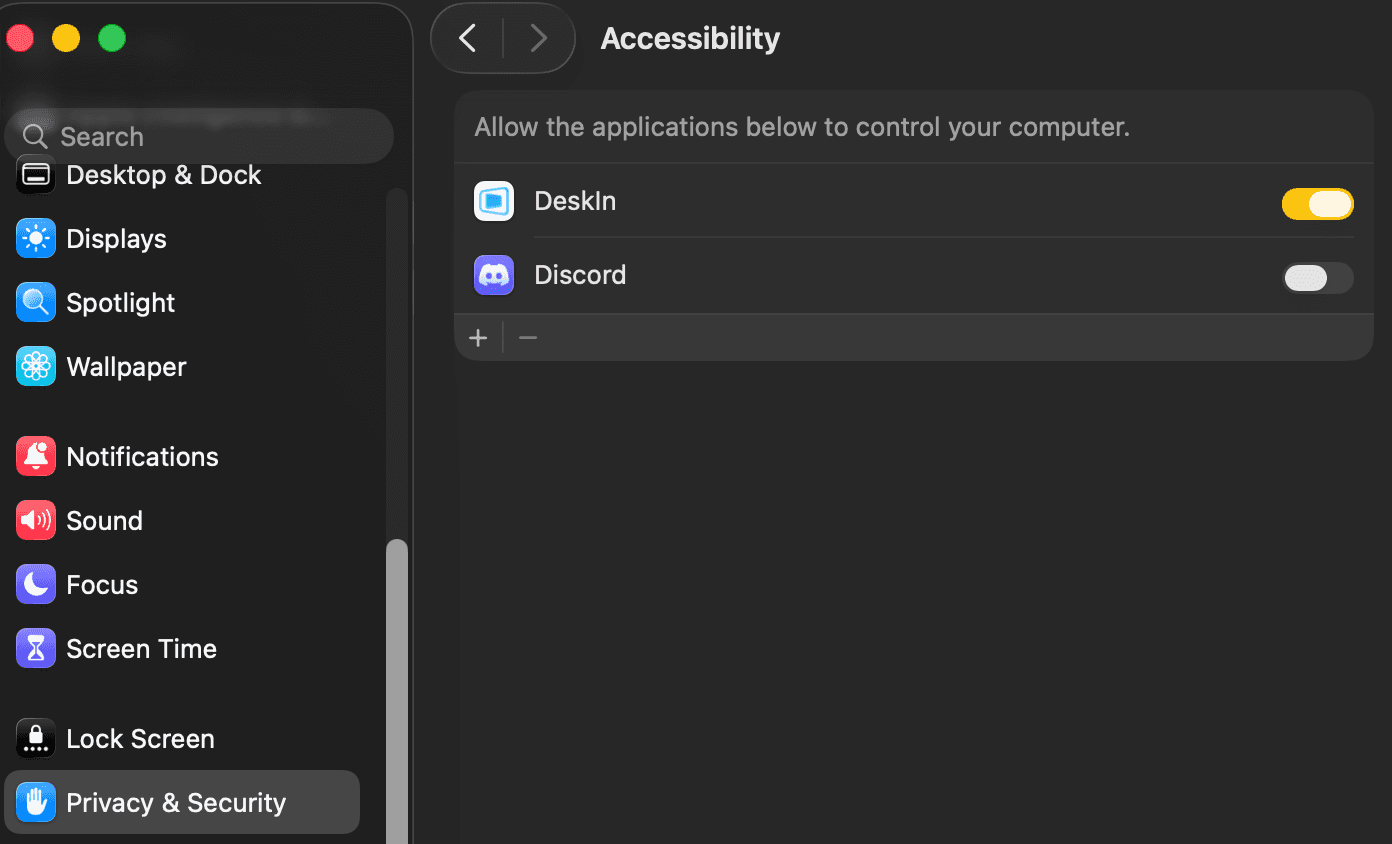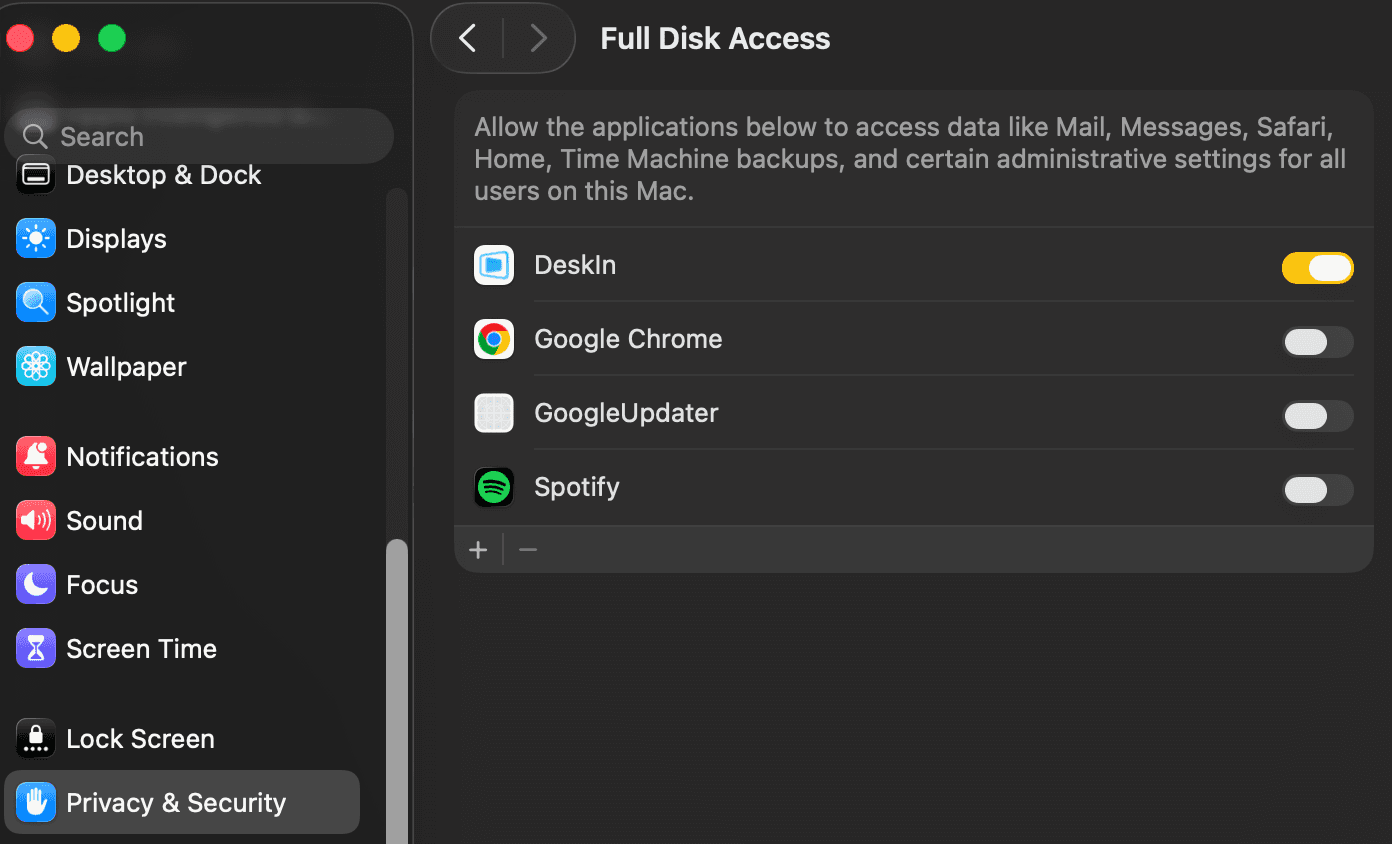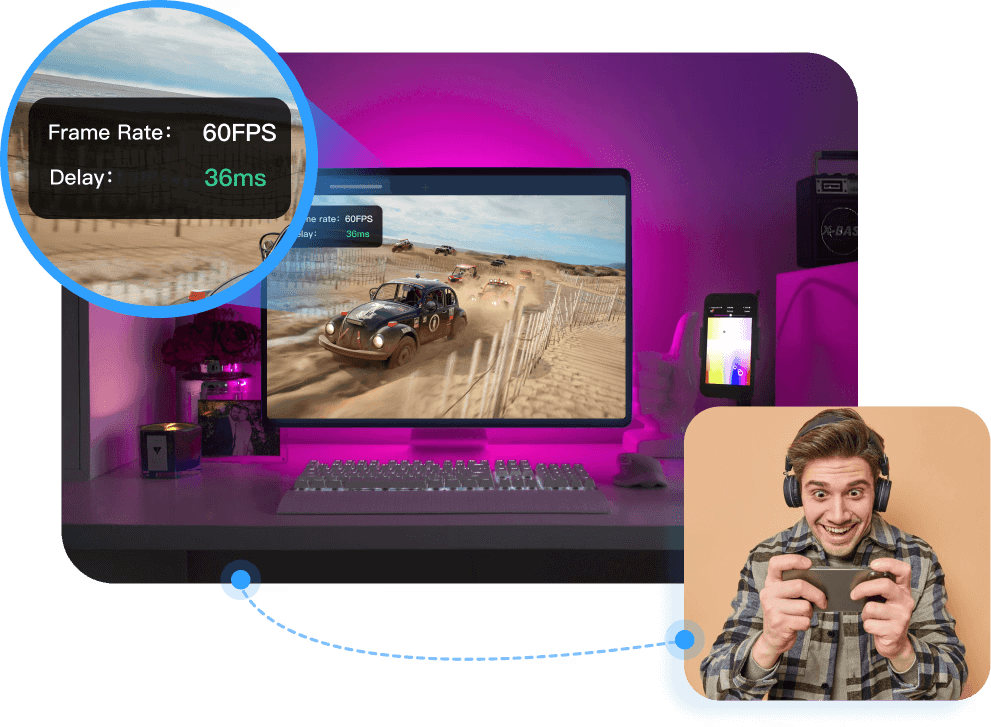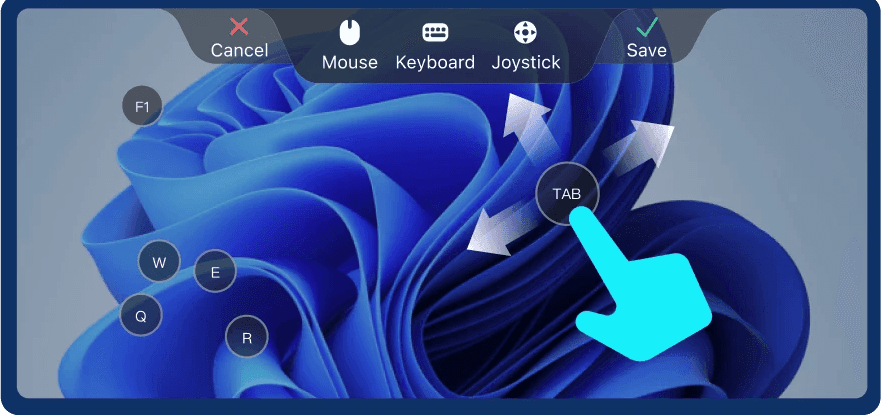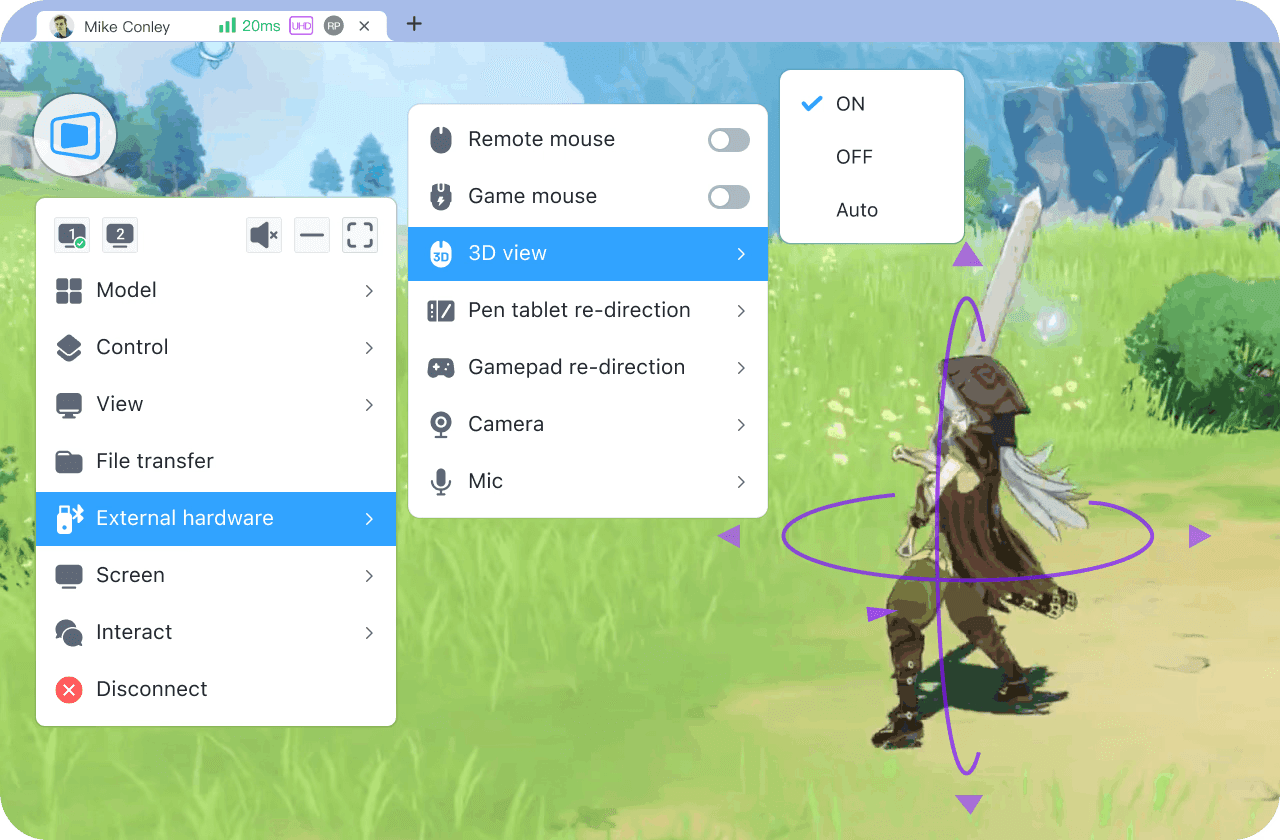Chrome Remote Desktop is a common choice when you need to access remote devices. However, many users are having trouble installing and using Chrome Remote Desktop. This article will explain some common reasons for failure to install Chrome Remote Desktop and give reliable solutions.
Why is Chrome Remote Desktop not installing, and how to solve it?
1. Network issues:
The network is unstable or too slow, causing the downloaded installer file to be incomplete or damaged.
Solution: Check your network status to make sure the network connection is stable and fast enough. Check your firewall and router settings to make sure they allow the download and installation of Chrome Remote Desktop.
2. System compatibility issues:
Chrome remote desktop supports iOS, macOS, Chrome OS, Android, Windows, Linux system, but not all versions. Make sure your operating system version matches the requirements of Chrome Remote Desktop.
Windows: Windows 10 and above
macOS: macOS 11 Big Sur and above
Linux: Wayland and X11 display protocol, automatic adaptation
Android: Android 8.0 Oreo and above
iOS/iPadOS: iOS 15 and above
Other requirements:
Browser: Requires the latest version of Google Chrome or Chromium
Network: A stable network connection is required to ensure a good remote control experience
3. Security software interference:
Antivirus software, firewall, or other security settings on your computer identified Chrome Remote Desktop as malware or an unauthorized application may cause the installation failure.
Solution: During the installation process, temporarily disable antivirus software, firewalls, or other security settings that may interfere. Once the installation is complete, re-enable these settings and make sure they are configured correctly to allow Chrome Remote Desktop to run.
4. Insufficient permissions:
The current user account lacks permission to install new applications. The system administrator has set up settings to prevent the installation of unapproved applications.
Solution: Run the installer as administrator: Right-click the installer and select "Run as administrator". You may need to enter the password to verify.
5. Registry issue:
Registry left over from an older version of Chrome or Chrome Remote Desktop interfere with the installation of the new version.
Solution: Use the regedit tool to find and delete old registry entries related to Chrome or Chrome Remote Desktop.
6. Incomplete installer file:
The downloaded installer file itself is defective or corrupted.
Solution: Redownload the Chrome Remote Desktop installation package from the Chrome official website or other reliable sources. During the download process, ensure a stable network connection to avoid corruption of the downloaded files.
If you still can't use Chrome Remote Desktop after trying the fix, here is a better alternative for you——DeskIn remote desktop.
DeskIn remote desktop: a better remote desktop software.
DeskIn is a remote desktop software designed for individual users. It is not only easy to use but also provides richer functions and a smoother connection experience than Chrome remote desktop.
High features of DeskIn:
Simple installation, strong compatibility
DeskIn supports multiple operating systems, including Windows, macOS, iOS and Android, and also supports initiating connections on the web. Installation is easy and you don't need to use it on a specific browser.Stable and low latency
DeskIn provides a stable connection with no connection time limit and wont drop even connect for a long time; the latency is as low as 40ms, which is especially suitable for efficient office and remote support needs.Flexible and safe login
Beside email registration, DeskIn also supports one-click registration and login using Google accounts and Apple IDs. When you first login on a new device, you need a verification to keep your account safe.High security
DeskIn uses 256-bit encryption technology to ensure the security of data transmission. It also has a variety of security settings, such as unattended access and security passwords, privacy screen, black and white lists, etc., to prevent the device from being maliciously connected.Rich functionality
DeskIn supports up to 4K60FPF/2K144FPS and also supports manual adjustment. Free features like screen expansion, remote CDM, projection, voice calls making it suitable for more usage scenarios.
Get started with DeskIn easily
Step 1: Install and open DeskIn on the local and remote devices respectively, register a free account and log in. For the first log in on a new device, you need email verification to keep your account safe.

Step 2: Enter the ID of the controlled device on the main control device, click Connect, you can use password connection or password-free connection to complete the verification.

After a few seconds, you can control the remote device as if it were right next to you.
Conclusion
If you encounter problems with Chrome Remote Desktop not being able to install, DeskIn is a more stable and powerful alternative. DeskIn is not only easy to install, but also provides stable connections and high security, making it an ideal choice for remote connections.
Chrome Remote Desktop is a common choice when you need to access remote devices. However, many users are having trouble installing and using Chrome Remote Desktop. This article will explain some common reasons for failure to install Chrome Remote Desktop and give reliable solutions.
Why is Chrome Remote Desktop not installing, and how to solve it?
1. Network issues:
The network is unstable or too slow, causing the downloaded installer file to be incomplete or damaged.
Solution: Check your network status to make sure the network connection is stable and fast enough. Check your firewall and router settings to make sure they allow the download and installation of Chrome Remote Desktop.
2. System compatibility issues:
Chrome remote desktop supports iOS, macOS, Chrome OS, Android, Windows, Linux system, but not all versions. Make sure your operating system version matches the requirements of Chrome Remote Desktop.
Windows: Windows 10 and above
macOS: macOS 11 Big Sur and above
Linux: Wayland and X11 display protocol, automatic adaptation
Android: Android 8.0 Oreo and above
iOS/iPadOS: iOS 15 and above
Other requirements:
Browser: Requires the latest version of Google Chrome or Chromium
Network: A stable network connection is required to ensure a good remote control experience
3. Security software interference:
Antivirus software, firewall, or other security settings on your computer identified Chrome Remote Desktop as malware or an unauthorized application may cause the installation failure.
Solution: During the installation process, temporarily disable antivirus software, firewalls, or other security settings that may interfere. Once the installation is complete, re-enable these settings and make sure they are configured correctly to allow Chrome Remote Desktop to run.
4. Insufficient permissions:
The current user account lacks permission to install new applications. The system administrator has set up settings to prevent the installation of unapproved applications.
Solution: Run the installer as administrator: Right-click the installer and select "Run as administrator". You may need to enter the password to verify.
5. Registry issue:
Registry left over from an older version of Chrome or Chrome Remote Desktop interfere with the installation of the new version.
Solution: Use the regedit tool to find and delete old registry entries related to Chrome or Chrome Remote Desktop.
6. Incomplete installer file:
The downloaded installer file itself is defective or corrupted.
Solution: Redownload the Chrome Remote Desktop installation package from the Chrome official website or other reliable sources. During the download process, ensure a stable network connection to avoid corruption of the downloaded files.
If you still can't use Chrome Remote Desktop after trying the fix, here is a better alternative for you——DeskIn remote desktop.
DeskIn remote desktop: a better remote desktop software.
DeskIn is a remote desktop software designed for individual users. It is not only easy to use but also provides richer functions and a smoother connection experience than Chrome remote desktop.
High features of DeskIn:
Simple installation, strong compatibility
DeskIn supports multiple operating systems, including Windows, macOS, iOS and Android, and also supports initiating connections on the web. Installation is easy and you don't need to use it on a specific browser.Stable and low latency
DeskIn provides a stable connection with no connection time limit and wont drop even connect for a long time; the latency is as low as 40ms, which is especially suitable for efficient office and remote support needs.Flexible and safe login
Beside email registration, DeskIn also supports one-click registration and login using Google accounts and Apple IDs. When you first login on a new device, you need a verification to keep your account safe.High security
DeskIn uses 256-bit encryption technology to ensure the security of data transmission. It also has a variety of security settings, such as unattended access and security passwords, privacy screen, black and white lists, etc., to prevent the device from being maliciously connected.Rich functionality
DeskIn supports up to 4K60FPF/2K144FPS and also supports manual adjustment. Free features like screen expansion, remote CDM, projection, voice calls making it suitable for more usage scenarios.
Get started with DeskIn easily
Step 1: Install and open DeskIn on the local and remote devices respectively, register a free account and log in. For the first log in on a new device, you need email verification to keep your account safe.

Step 2: Enter the ID of the controlled device on the main control device, click Connect, you can use password connection or password-free connection to complete the verification.

After a few seconds, you can control the remote device as if it were right next to you.
Conclusion
If you encounter problems with Chrome Remote Desktop not being able to install, DeskIn is a more stable and powerful alternative. DeskIn is not only easy to install, but also provides stable connections and high security, making it an ideal choice for remote connections.






